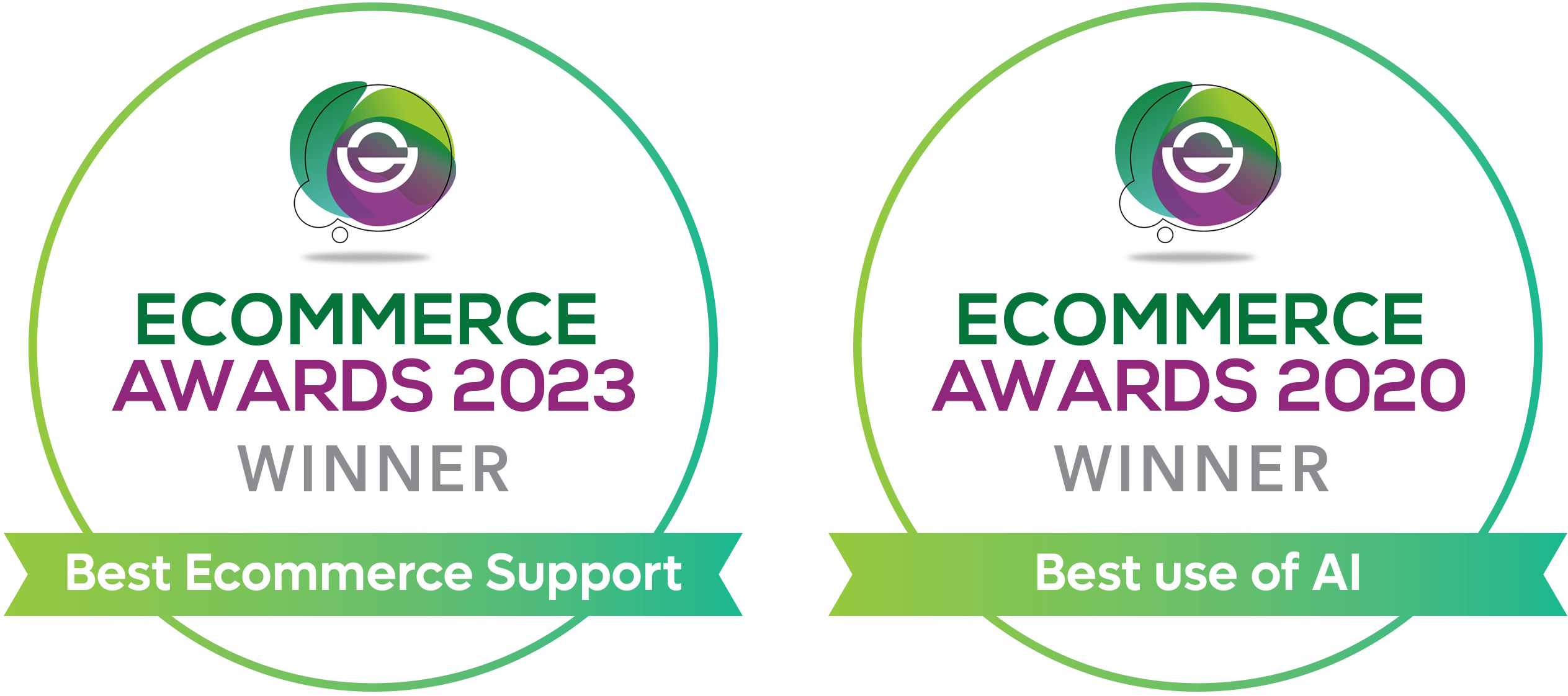How to measure your content strategy and build meaningful customer relationships?
Online brands struggle to build trust and confidence with new potential customers in today’s digital environment. Many are turning to content marketing as a potential strategy for building new relationships. So how can this growing channel be attributed and optimised? It’s not as easy as it once was – retailers need to understand how potential customers interact, browse and shop with them but can no longer rely on tracking and targeting technology which fails to respect data privacy and can come across as creepy. To build a data driven approach, brands, therefore, have to focus on leveraging and building relationships based on first-party opt-in data. In this article, we explore how to understand and measure successful content marketing. Content driven promotions are an increasing part of the marketing mix. Content marketing is growing in relevancy, with consumers more inclined to engage and is increasingly being used to build relationships through awareness and audience education. So, what precisely is content marketing? The content category is broad covering any information, opinion or entertainment based material which is distributed online to support a brand and which is not just simply an advertisement. Content marketing includes videos, images, blog posts, white papers, social media posts, podcasts, webinars and more. A recent survey by the Content Marketing Institute found that 72% of marketers use paid channels for content marketing, mainly social media and YouTube (report here). Content marketing is now a key part of the marketing mix which is why companies should develop their own content marketing plan for a consistent and targeted approach to their audience. The benefits of content marketing include driving overall long term marketing ROI by helping to open the conversation around your brand, building interest, trust and authority over time. The idea is of course to help move your potential customers further along the conversion funnel. Using a variety of marketing channels to publish this content builds the brand reach, and requires a consistent tone of voice which fosters trust in order to have a positive effect on conversion and retention. The good news is that if done well, this can save a big chunk of your marketing budget. So, what is the best starting point and what types of marketing content yield the highest ROI?
Types of marketing content
According to another survey video content marketing, in particular, has grown in importance in the last few years and is expected to continue to grow further (report here). Video content is followed by visual storytelling. This includes infographics and design based visual marketing which generally performs better than simple text. When you create your content marketing plan, the Content Marketing Institute’s ‘content marketing matrix’ is a great place to start from. According to this simple method, content is first divided into rational and emotional. A rational approach seeks to educate and enlighten and the latter aims to promote a feeling or an allegiance with a brand which can be a smart call to action. Furthermore, the combination of ‘entertain and educate’ should be used with the ‘inspire and enlighten’ within a balanced approach that ensures it lands on a human level. Based on the business type, the tone of voice and the actual content can be created to reach one of these aims. In general industry leaders rely more heavily on content which drives an emotional response to attract attention and influence unconscious decisions during the consideration stage in the decision making process. How to measure the results Measuring content marketing is one of the biggest challenges in the strategy. The value and impact of content success is very subjective – what appeals to you may be of no interest to someone else. It is important to determine the quantifiable goals and the measurement strategy in terms of how you apply KPIs. If the main aim is to increase brand awareness without necessarily driving sales, then results can be measured by looking at social media follows mentions, newsletter sign ups and overall site traffic. Similarly, customer engagement can be measured by follows, likes, shares, and backlinks. If the aim is to build brand loyalty to escalate first party data collection strategy, look at product reviews, referrals and returning customers for measurement. Ultimately, however, no amount of social and customer engagement can substitute actual hard sales. The key is to understand that these engagements help build that intent over time, and throughout the customer journey.
Understanding customer intent within the customer journey
The main purpose of content marketing is to build relationships with customers, so it is crucial to know your audience before creating the content. Content is more often consumed during the consideration stage of the customer journey and most likely will not lead to immediate sales. This is especially true for high value purchases, where a piece of relevant content can considerably influence the consumer decision towards the conversion. This is why you should view content marketing as an ‘upper funnel’ brand building approach. It is also crucial, therefore, to understand the customer journey and apply that to your strategy. The vast majority of potential customers will not convert after the first content marketing touchpoint. They might come back a day or two or a month later, or look for seasonal offers and perhaps shop around. This means it is challenging to measure the success of your content and how it influences your conversions directly. How can multi-attribution help measure this journey? If your brand is scaling content marketing, it could be argued that first touch attribution is an accurate way to measure content efforts since it rewards touch points which start the customer journey and brand conversation. However, with attribution the best advice to start with is to compare different models, for example using the Google Analytics model comparison tool, which allows you to compare first click, last click and linear attribution, as well as Google’s ‘data driven’ attribution (which is limited so treat with caution!) and the tool even allows you to define your own custom positional weighting. First click attribution will allow you to understand how many users converted after first landing on a blog post. The last click helps to identify how many people clicked on the blog post and converted during the same session. The linear model will help to understand what happened in the between. Consequently, comparing models will allow you to understand if people are converting straight after landing at your blog post or another piece of content, or they come back numerous times before making an actual purchase or signing up for your newsletter. The key point is that you do not need to adhere to one particular attribution model to use attribution views to understand the role. Analysing different types of content in this way can help you understand what works and how, for your specific audience. At Metageni, when we measure these kinds of activity, we would combine measurement of several different types of impact: upper funnel effects driven by content reach and frequency such as video views, multi-touch clicks in the path to the sale for a whole journey attribution model, differences in behaviour linked to whether a customer is an existing or new customer, which devices they use to access content and your site and which products or services they are eventually interested in. Ideally, all of these factors are incorporated in a full predictive model, which considers both converting and non converting paths to sale, for accurate attribution. It is worth adding that a sale is not always the best goal to aim for or measure against. If your content is driving newsletter sign up, then your users can be directed to a ‘Thank you page’ which in turn can be flagged as conversion in your analytics, allowing the journey to sale (attribution) analysis. Alternatively, the same practice can be used for calculating the purchases or any other types of conversion you are aiming for with a particular piece of content. To conclude, businesses and retailers that take the time to personalise marketing messaging and make the effort to build meaningful communication with customers will establish deeper relationships and which they can measure with first party data. In the new digital landscape where customer privacy is king, careful data collection becomes a greater responsibility for businesses and retailers, and tracking by 3rd party technologies is severely limited. Fostering a personalised and meaningful connection is the key to trust, retention, and sales. Content can then become a powerhouse of your marketing strategy.
Get in touch with us for expert advice!
Thanks for reading – we hope you learned something through this high-level tour of marketing effectiveness methods. If you want to learn more about expert data analytics using AI, or are interested in how Metageni can help you use your data to grow online, then do get in touch with us: hello@metageni.com Gabriel Hughes PhD
Does this article resonate with you? Check out other posts to the right of this page. Can we help unlock the value of your analytics and marketing data? Metageni is a London UK based marketing analytics and optimisation company offering support for developing in-house capabilities. Please email us at hello@metageni.com















